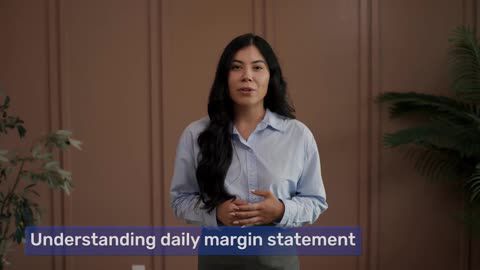For investors and traders in the stock market, understanding key concepts such as delivery margin is crucial. Delivery margin is an additional margin charged when a trader opts for the actual delivery of shares or commodities instead of squaring off their position. It plays a vital role in ensuring that settlement obligations are met efficiently. Whether you are a beginner exploring the world of investing or an experienced trader, knowing how delivery margin works can help you make informed decisions and manage your investments better.
To understand this concept in detail, let us explore its meaning, purpose, working mechanism, influencing factors, benefits, limitations, and tips for effective management.



















